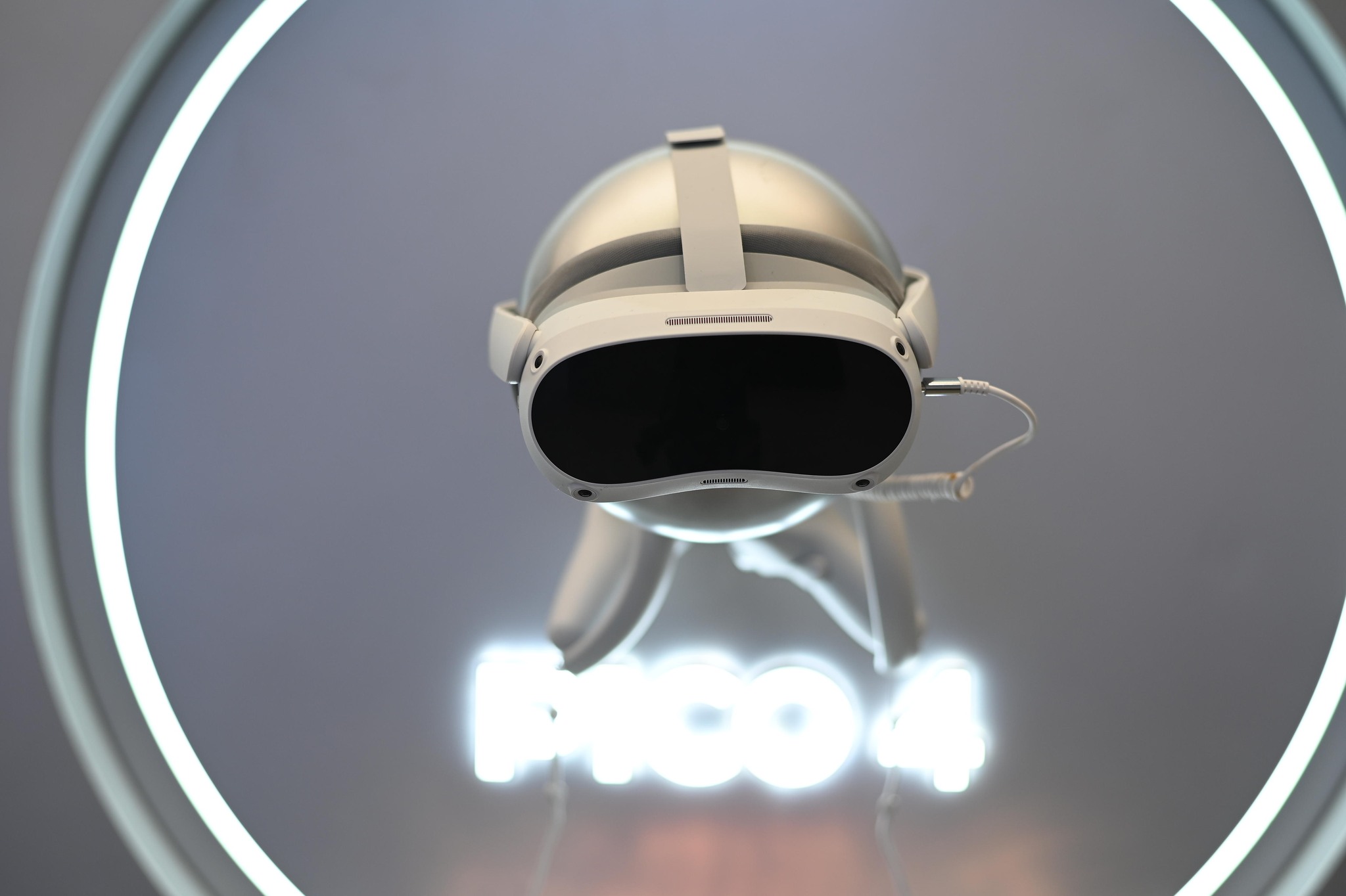
Introduction
Have you ever wished that others in the room could see what you see in the metaverse without putting on a VR headset? VR casting makes this possible! When you use PICO VR devices to enter virtual reality, you can show friends, family, and colleagues what's happening in the metaverse. Casting is also helpful in business applications, allowing users to create inclusive training programs with limited headset availability.
What Do You Need for VR Casting with PICO?
It's relatively easy to cast VR to your TV with a PICO device, but you will need a few specific pieces of equipment to do so effectively. Here is a list of the things you need to share metaverse with others in the room:
• A television or monitor that supports Android 4.4 or later
• A strong, stable Wi-Fi connection
• Cast for PICO, an app that transfers the crisp, clear images you see in VR to your compatible monitor
• Any PICO device, including the PICO 4, PICO 4 Enterprise, or PICO Neo3 Link
Here's a pro tip: If you run into difficulty during setup, ensure your PICO device and smart TV are connected to the same Wi-Fi network!
How Do I Screencast PICO VR to TV?
Before you screencast, you will need to install Cast for PICO on your compatible smart television. To do this, download the app to a flash drive or another storage device, plug it into the designated port on your TV, and follow the prompts.
After installing and opening PICO Cast on your TV, put on your headset and open the screencast app. Select "Cast to Smart TV," find your television on the list, and click "Connect."
Now you're ready to screencast PICO VR images to your TV! Here are the steps you need to follow to share your VR experience:
1. Put on your PICO headset and select the TV icon from the home display.
2. Select your smart TV from the list and click "Enable Connection."
3. If you don't see your television listed, click on the three dots located in the upper right corner of your VR display. Click "Enable Wireless Display" to see your device listed. Choose your smart TV from the list and click "Enable Connection" as in step two.
Once casting begins, the television monitor will only show the current VR program running on the headset. Users can not run other programs on the TV simultaneously.
Casting doesn't just apply to gaming. According to a Live Science review by gaming journalist Chris McMullen, some of the most popular VR experiences out there involve exploring outer space, natural wonders, and the deep sea (2022). These experiences all translate well to VR casting.
How to Stop Casting VR to TV?
When you are done sharing your VR adventure with others in the room, it is crucial to stop casting VR to your TV correctly to avoid data loss and system malfunctions. Simply turning off your devices won't stop the process, leading to technical issues the next time you want to enter the metaverse.
To stop screencasting correctly, return to the PICO home screen. Select your smart TV from the list and click "Disconnect." After performing this step, you can still use your VR headset, but others in the room won't be able to view your experience using your smart TV or compatible monitor.
PICO VR Headsets
PICO 4 Enterprise and PICO Neo3 Pro/Pro Eye
The PICO 4 Enterprise and PICO Neo3 Pro/Pro Eye were designed to meet the technology needs of expanding companies. They both offer 6DoF to promote natural, free movements in virtual reality. In addition, these headsets are both equipped with Qualcomm XR2 processors to support applications used in business settings. They are lightweight, balanced, and padded for comfort, making them a practical addition to the boardroom.
PICO G3
Another device targeted at tech-savvy companies, the PICO G3 features 3DoF performance in an all-in-one system. It boasts 128GB of storage to handle high-level apps that businesses need. In addition, an adjustable refresh rate allows users to customize their settings to improve system performance. This device's high-capacity battery and ergonomic design make it ideal for prolonged use in a business environment.
PICO 4
Novice and experienced gamers appreciate the wide, clear view that the PICO 4 offers, thanks to a specially designed pancake lens and a refresh rate of up to 90Hz. This device also features a high-resolution display and up to 1,200 PPI. An ultra-wide field of view means that players are completely immersed in their virtual environment during gameplay, and motorized interpupillary distance adjustment reduces dizziness that some experience during their trips to the metaverse.
PICO Neo3 Link
While the PICO Neo3 Link performs exceptionally as an all-in-one unit, it can also harness the power of your computer as a PC VR. It offers 6DoF for precise control and realistic movements during gameplay. This system also features immersive stereo sound and an extra-long battery life to keep the entertainment going until you're ready to leave the metaverse.
Conclusion
VR casting is an innovative way to make VR an inclusive experience. It's easy to do and requires minimal equipment. Whether you are a recreational gamer who wants to show your friends and family what's happening in the metaverse or a company CEO who uses technology to elevate your business, invest in a PICO device and share your world with PICO Cast!